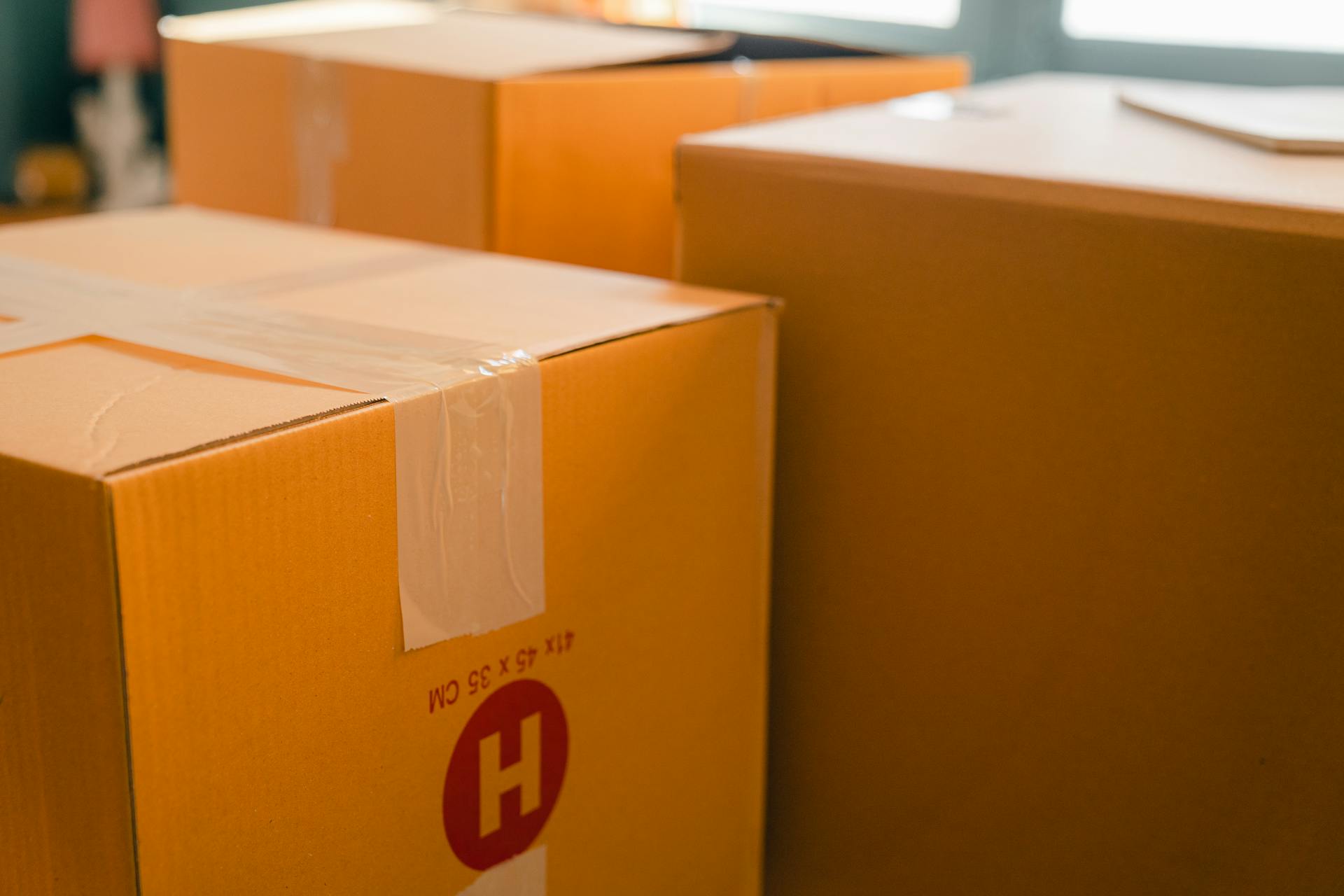There used to be a time when warehouses were just storage spaces.
But over the years, they’ve quietly become one of the biggest levers for improving supply chains—if you know how to use them right.
For most companies, that means one thing: Smarter warehouses.
Not bigger. Not more expensive. Just smarter—equipped with systems that cut waste, speed up work, and finally give managers the control they’ve been chasing for years.
So, let’s skip the theory and get to the good part, which are real-world examples of what “smart” looks like in practice.
In this article, you’ll see how smart warehouse systems are solving slow picking, staff shortages, stock errors, and tech that doesn’t scale. You’ll also see how some companies are quietly pulling ahead because of it.
Let’s start with the one pain point everyone feels: Labor costs.
CONTENTS
1.Cutting Labor Costs Without Compromising Throughput
Here’s something that doesn’t sound real until you see it: One person doing the job of three—and doing it faster.
That’s exactly what happened at Perufarma, a pharmaceutical distributor in Peru.
They installed Modula US Lift ML50D units, a vertical storage system paired with smart picking guidance. Nothing flashy, just a setup that cut down walking, searching, and second-guessing.
Before, picking meant walking aisles, checking labels, cross-referencing inventory sheets, and double-checking quantities—all under pressure.
Now, the system handles the thinking.
Items are delivered directly to the operator. The software shows exactly what to pick and from where. No guesswork. No wasted motion. Just a steady, guided flow.
Picking speed tripled, and one operator now does the work of three.
And fulfillment errors? Down significantly.
For operations managers, that means instead of hiring more staff to keep up with growth, they invest once—and their existing team becomes 3x more efficient.
No constant hiring. Just focus on scaling the business.
The only question is whether you’ll be first in your market to make the switch—or last to catch up.
2.Increasing Picking Accuracy to 99% Even During Peak Volume
If you’ve ever had to explain a botched order to a client, you know how costly accuracy issues can be.
Cippone & Di Bitetto, an Italian industrial supplier, felt that pain daily.
Fast-moving inventory, high volume, too many small errors adding up…They didn’t need more hands. They needed precision.
So, they installed Modula Lift ML75D units, equipped with laser pointers to guide every pick, plus WMS software that plugged right into their ERP.
Here’s how it works:
An order is triggered. The lift retrieves the tray, and a laser pinpoints the exact item. The screen shows the quantity, the system logs it, and then updates inventory—in real time.
No second-guessing or double-checking. Operators just follow the lights.
Result? Error rate dropped to ~1%. Also, fewer returns and fewer complaints.
It’s fast. It’s visual. And it works under pressure.
3.Real-Time Control and Zero Downtime
You can’t fix what you can’t see, and in traditional warehouses, visibility’s (unfortunately) still mostly guesswork.
Things break, systems lag, and by the time you notice, the damage is done.
Well, that’s exactly what IoT-enabled systems solve by layering in smart visibility.
In practice, a company installs an automated storage unit and activates IoT integration licenses. The machines begin monitoring themselves.
They detect wear before it leads to failure, flag dips in performance before they cause delays, and once that data syncs with your ERP or supply chain platform?
You’ve got full, real-time visibility—from the warehouse floor to the boardroom.
In other words, you get less downtime and more predictability.
What more could you want?
4.Scale Smarter Without Replacing Everything You Already Built
Every growing business hits this question eventually: Can our system grow with us? Or are we headed for a wall?
And the thing is: Most warehouse tech is built for the now—not the next.
But Modula’s modular systems are different. You scale when you’re ready, just as much as you need.
Take their lineup: Flexibox, Lift, Slim—designed for all warehouse sizes, ceiling heights, and workflows.
Start with one unit, add more as volume grows, and expand across sites when needed. Easy.
The same goes for software: Modula’s WMS, which is modular too.
If today you need better picking accuracy, but next quarter you need multi-site inventory management? You’re already set up for it.
It’s the kind of investment that works long-term—without ever forcing you to start from scratch.

Hey, I’m Jeremy Clifford. I hold a bachelor’s degree in information systems, and I’m a certified network specialist. I worked for several internet providers in LA, San Francisco, Sacramento, and Seattle over the past 21 years.
I worked as a customer service operator, field technician, network engineer, and network specialist. During my career in networking, I’ve come across numerous modems, gateways, routers, and other networking hardware. I’ve installed network equipment, fixed it, designed and administrated networks, etc.
Networking is my passion, and I’m eager to share everything I know with you. On this website, you can read my modem and router reviews, as well as various how-to guides designed to help you solve your network problems. I want to liberate you from the fear that most users feel when they have to deal with modem and router settings.
My favorite free-time activities are gaming, movie-watching, and cooking. I also enjoy fishing, although I’m not good at it. What I’m good at is annoying David when we are fishing together. Apparently, you’re not supposed to talk or laugh while fishing – it scares the fishes.

